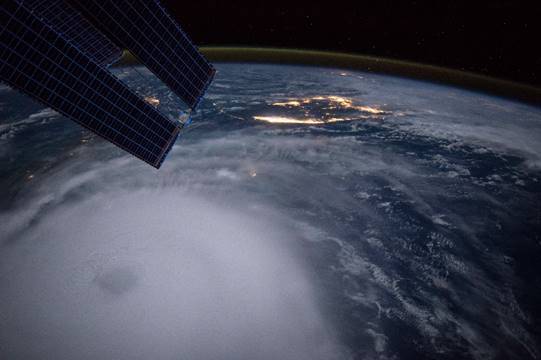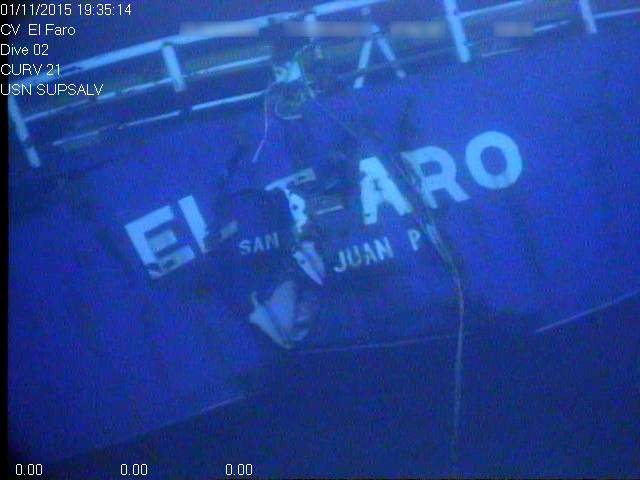El Faro Investigators Call for Better Weather Forecasting
New recommendations coming out of the investigation into the 2015 sinking of U.S. cargo ship El Faro call for efforts to improve the weather information available to mariners.
- Develop and implement a plan specifically designed to emphasize improved model performance in forecasting tropical cyclone track and intensity in moderate-shear environments.
- Develop and implement technology that would allow National Weather Service forecasters to quickly sort through large numbers of tropical cyclone forecast model ensembles, identify clusters of solutions among ensemble members, and allow correlation of those clusters against a set of standard parameters.
- Work with international partners to develop and implement a plan to ensure immediate dissemination to mariners, via Inmarsat-C SafetyNET (and appropriate future technology), of the Intermediate Public Advisories and Tropical Cyclone Updates issued by the National Weather Service, in a manner similar to the current process of disseminating the Tropical Cyclone Forecast/Advisory.
- Modify your directives to ensure, for all tropical cyclones of tropical storm strength or greater within your jurisdiction, that your facilities issue, at the 3-hour interval between regularly scheduled Tropical Cyclone Forecast/Advisories, an Intermediate Public Advisory, a Tropical Cyclone Update, or another product available (or expected to be available) to mariners via Inmarsat-C SafetyNET (and appropriate future technology), and that the product include the coordinates of the current storm center position, maximum sustained surface winds, current movement, and minimum central pressure.
- Modify your directives to ensure that the “next advisory” time in a Tropical Cyclone Forecast/Advisory clearly indicates when to expect the next update of “current” or forecast information for that particular tropical cyclone.
- Quantitatively define “significant change” in terms of both the track and intensity of a tropical cyclone to guide the issuance of Special Advisory packages.
- Ensure that tropical cyclone graphic products issued by entities such as the National Hurricane Center, the Central Pacific Hurricane Center, the Guam Weather Forecast Office, the Joint Typhoon Warning Center, and Fleet Weather Center–Norfolk are made available in near-real time via the FTPmail service.
- Allow users to schedule recurring, automated receipt of specific National Weather Service products through an enhanced FTPmail service (and appropriate future technology).
- Develop and implement a plan for soliciting feedback from the marine user community, particularly ship masters, about the accuracy, timeliness, and usability of weather services to mariners.
- In collaboration with the National Weather Service, provide timely broadcasts of the Tropical Cyclone Forecast/Advisories, Intermediate Public Advisories, and Tropical Cyclone Updates to mariners in all regions via medium-frequency navigational TELEX (NAVTEX), high-frequency voice broadcasts (HF VOBRA), and high-frequency simplex teletype over radio (HF SITOR), or appropriate radio alternatives (and appropriate future technology).










